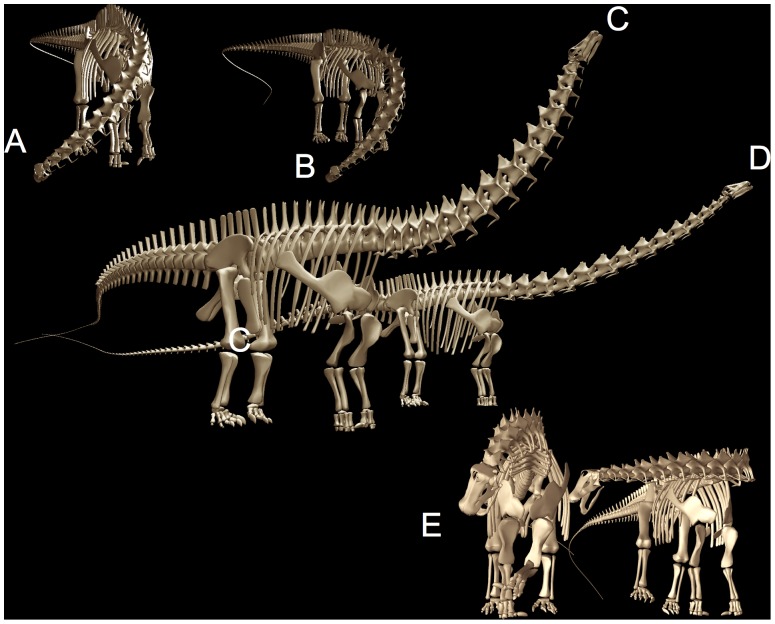Figure 7. Diplodocids swept out a huge feeding surface, despite their relative inflexibility.
Apatosaurus (A) and Diplodocus (B) are shown in extreme lateroventral flexion, reaching down and laterally to ground level, and in C and D in extremes of dorsal flexion (including dorsiflexion at the cranio-cervical joint) as if to reach as high as possible (see also overall feeding envelope visualization in Figure 20). Despite the enormous sweep of these necks, the vertebral joints, especially at the base of the neck of Diplodocus (C13 and C14) permit limited flexion prior to disarticulation (see Figure 9). While both necks sweep out a huge surface area, Apatosaurus, with its larger posterior cervical zygapophyses, could reach higher despite having a somewhat shorter neck than Diplodocus.

